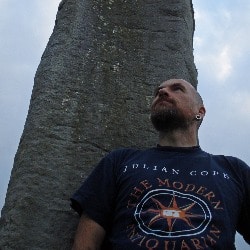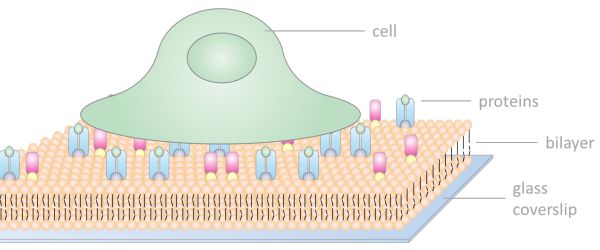The magnification and viewing of samples using a microscope relies on both the objectives and the eyepieces working harmoniously together. If you buy a ready-to-use microscope, then the objectives and the eyepieces which are fitted as standard will be designed to complement each other. On the other hand, if you are designing and building a research microscope, then the choice of objectives will determine which eyepieces are suitable for the optics and lenses contained within the objectives.
Eyepieces are also known as ‘ocular lenses’ or ‘oculars’. Eyepieces simply magnify your specimen by an additional factor in addition to the magnification of the chosen objective. A typical eyepiece magnifies your slide/specimen by 10X. If you can, then always choose a binocular eyepiece set-up. As well as the ease of viewing your slides, there is also a lot less strain on your eyes.
A typical eyepiece is a relatively simple component of the microscope – basically a tube with lenses! If you (carefully) examine the eyepieces on your microscope, you’ll see two lenses top and bottom. In reality, these may be groups of lenses which are assembled to provide a corrected and complementary view of the image from the specimen and objectives. The two visible lenses (or groups of lenses) are the ‘Eye Lens’ which is (unsurprisingly!) the lens closest to your eye and the lens which is inside the microscope body (and closest to your slide or specimen) is known as the ‘Field Lens’.
The Eye Lens end of the objective will usually have a rubber eyecup. This serves a couple of purposes – when your eyes are (gently) placed against the eyecup, most of the ambient light will be blocked. If you wear glasses, then the rubber will stop you bumping your glasses against the metal body of the eyepiece. If you don’t wear glasses, then it’s all about comfort! Some people just don’t like the eyecups, so you can always roll them down (or on some objectives, remove them completely).
A word about hygiene and cleanliness here – if you are unlucky enough to have an eye infection, then I would advise against using the microscope until it clears up. It’s an all too easy way to spread it to your fellow lab mates (who won’t really thank you for it!). Also, after you have finished viewing your slides, please clean the eyecups (in addition to the microscope itself). No one wants a free second hand make-over whilst viewing specimens!
With most binocular eyepieces, one eyepiece if fixed, while the other is adjustable. This is known as the ‘diopter adjustment’ and can be used to take into account the differences in visual perception between your eyes. Before making this adjustment, you should adjust the distance between the eyepieces to suit the actual distance between your eyes. This is very simple – most microscopes have an adjuster wheel in the centre of the eyepieces to adjust the distance. Otherwise, slide the eyepiece housing to match the width of your eyes. Once you have set this distance, you can then make the diopter adjustment. The first step is to look at your slide/specimen with the fixed eyepiece only (close the eye over the diopter eyepiece). Adjust the focus of the field of view using the focus wheels on the microscope. The next step is to close the eye over the fixed objective and open your other eye. Keeping the focus of the microscope the same, use the ring adjuster around the eyepiece and slowly turn this until the specimen comes into sharp focus.
You are now ready to find the visual delights in your specimen!
For more great information on the basics of microscopy pick up a copy of my new eBook ‘Before You Touch that Microscope! The practical know-how that every microscopist must have‘.






